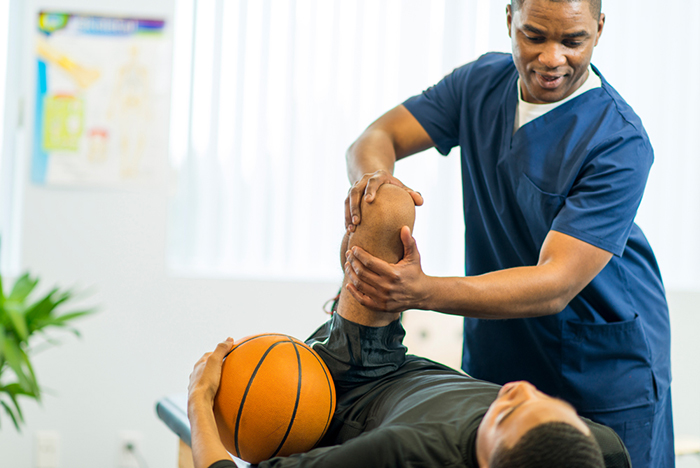Investigating the Collaborative Role of Physiotherapeutic Therapy in Improving Pain Control Strategies
Wiki Article
Physiological rehabilitation plays a critical function in managing discomfort for numerous patients. Discomfort can occur from multiple conditions, including injuries, surgeries, or chronic illnesses. While medications are frequently used to relieve discomfort, they may not consistently be the most effective solution due to possible side reactions or addiction issues. This is where physiological rehabilitation enters in as a supportive method. By concentrating on mobility, strength, and agility, physical rehabilitation specialists help patients regain capability and diminish pain through specific workouts and methods.
One of the main approaches physiological therapists use is exercise therapy. This includes particular exercises designed to fortify muscles, enhance flexibility, and boost overall physical performance. For example, a client rehabilitating from knee operation may engage in exercises that gradually boost their scope of motion and power. These exercises not only help in lessening pain but also avert future traumas by promoting better mobility patterns. Additionally, physical rehabilitation specialists often customize exercise regimens to meet the personal needs of each client, ensuring that they obtain the best effective care possible.
Another important aspect of physical therapy is manual treatment. This physical method comprises methods such as manipulation, joint mobilization, and manipulation. Manual therapy can help alleviate muscular tension, improve circulation, and reduce pain. For instance, a therapist may use massage methods to reduce tension in the spine, which can lead to substantial discomfort reduction. By addressing the underlying issues causing pain, hands-on treatment can improve the overall efficacy of discomfort management approaches.
Instruction is also a vital view it aspect of physiological rehabilitation. Physical therapists take the time to inform patients about their conditions and the importance of keeping an active lifestyle. Comprehending the origins of pain and the benefits of bodily exercise can empower patients to take control of their health. Specialists frequently provide guidance on proper physical movements and posture, which can help prevent discomfort from reoccurring. This informative aspect fosters a cooperative partnership between the specialist and the patient, leading to improved results in pain management.
In summary, physiological rehabilitation serves as a valuable resource in improving discomfort control strategies. By combining workout treatment, manual techniques, and client instruction, physical therapists tackle discomfort from multiple perspectives. This comprehensive approach not only helps alleviate existing discomfort but also prepares patients with the knowledge and skills to control their well-being in the long run. As an increasing number of individuals seek options to medication for pain alleviation, the role of physical therapy will continue to grow in importance, providing hope and improved standard of life for many.
